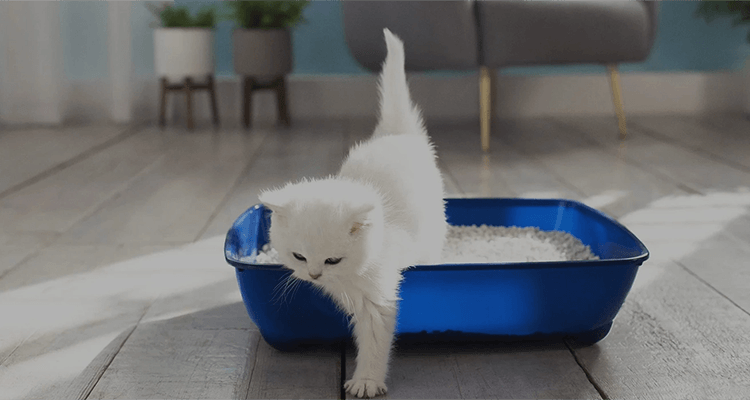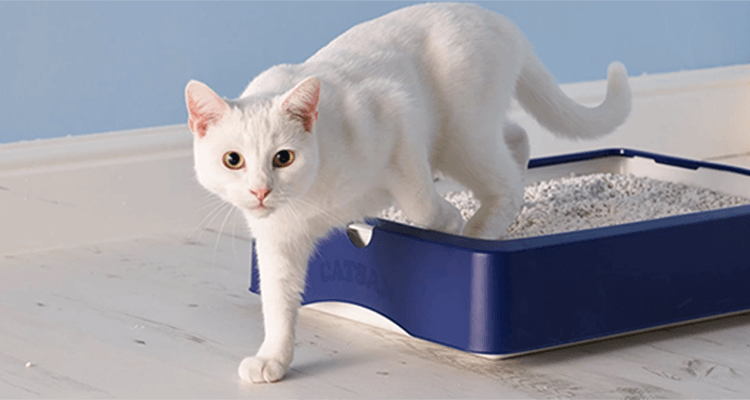
If you are looking for advice on how to house-train a kitten, that probably means your household has, or is about to have, an adorable new member of the family – congratulations! You’ll also be pleased to know that it isn’t usually difficult to litter-train a kitten. Cats are naturally clean animals and a lot of kittens watch their mums and pick up tips on how to use the litter box.
When to start litter training your kitten
Kittens under three weeks old aren’t ready to use the litter box. In fact, they need to be stimulated by their mums to go to the toilet. After this though, a lot of kittens will instinctively start to use a litter box, watching their mums and copying them. This means that by the time you bring a kitten into your home, they may well already have some idea of what the litter box is there for.
Choose the right litter box and put it in the right place
It’s important to pick a litter box that’s easy for your kitten to get in and out of with their little legs. Also, although we say litter box, it would be more accurate to say litter boxes. The rule of paw is always to have one litter box for every cat in your household plus one more, and for kittens you may need to have more still. This is because, a bit like small humans, kittens often get too busy playing to remember they need to go to the toilet until the very last minute. So a litter box that is close at hand is useful.
To give your kitten a bit of privacy, you should place the litter boxes in quiet, undisturbed places. It’s also important to keep them well away from your feline friend’s food and water bowls. Need more advice? Check out Where to place the cat litter box: the dos and don’ts
Pick the right type of litter
Our experts at the Waltham Petcare Science Institute recommend you use a coarse-grained non-clumping litter for kittens, such as such as CATSAN™ Hygiene Non-clumping Litter. This is because kittens, again like small humans, have a tendency to explore the world with their mouths and non-clumping litter is less likely to cause a problem if eaten. (We’d still recommend you discourage your kitten from eating litter where possible though. There are much tastier and more nutritious options!)
How to litter train your kitten
Now you’ve set yourself up for success by getting the right litter box and litter and placing this in the right place, you’ll want to get into the nitty gritty of litter training.
Helping your kitten to get the right idea:
Show your new kitten their litter boxes as soon as you bring them home. After that, you should place your kitten in one of the litter boxes immediately after eating or when they wake up from naps (which is when they’re most likely to go to the toilet). Be sure they are comfortable with being handled. It’s also important to watch out for signs your kitten needs to go (if you have ever potty-trained a child this will sound familiar!). For a kitten this might mean sniffing a particular area, circling, scratching the ground or crouching.
Rewarding good behaviour:
Whenever you see your kitten successfully use the litter box, make sure you reward them with lots of calm praise and a tasty treat.
How to deal with accidents:
Kittens may be quick learners but there is bound to be the odd accident along the way. Whatever you do, don’t scold or punish your kitten. This will only lead to stress and anxiety which may make litter training more difficult and damage the bond between you and your pet.
How long does it take to litter train?
Every kitten is a unique individual but most owners find they can get their new furry friend litter trained within four weeks.














